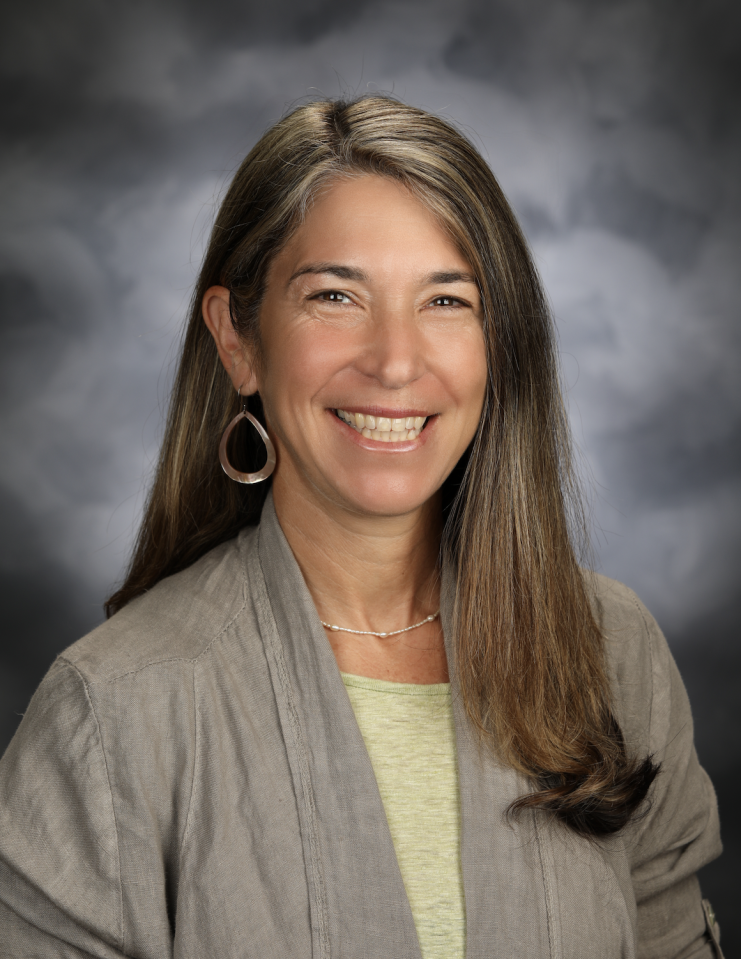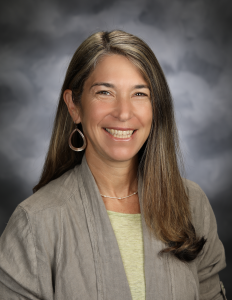
Slowing Down to Listen: Centering Student Voice in Leadership
As a high school assistant principal, I work to understand student issues I am working on through Dr. Rochelle Gutierrez’s notion of windows and mirrors. Dr. Gutierrez defines a window as students being able to see different viewpoints and a mirror as students being able to see themselves represented through the curriculum, topics discussed in class, and other areas of school culture and community. As a former math teacher and now high school assistant principal, I have fused her work into my own positionality as a leader. When thinking about students’ sense of belonging in class, I consider a ‘window’ to be that students believe that the person sitting next to them in class is just as brilliant, creative, and capable as they are and a ‘mirror’ is that every student believes these same things about their own potential in that class. This concept is also so important for how every adult in schools thinks about their colleagues and all students. This has led me to work towards centering students’ voices on issues where I hope to make schoolwide change. I have been on a leadership journey this year to spend as much time as I can listening to students and finding ways to share what I learn with our staff.
I feel an immense weight of responsibility to collaborate with students and our staff on tangible actions we can take knowing what we know from these conversations. This past year, one of our school-wide goals from our site plan was to have a 5% increase in Black and Latino/students with GPAs of 3.0 and higher. As a white leader, I am constantly trying to stay grounded by centering the voices of our students from historically underserved populations and letting this inform my work. My work as an assistant principal requires me to be putting out daily fires in so many directions, however, I am working on regularly bringing students together who are most central to any issue I am working on to be guided by their insights and lived experience.
With support from Lead by Learning, in collaboration with our department chairs and our instructional leadership team, our staff organized into multiple collaborative inquiry groups around one of four overarching topics: building relationships with students and families, discourse, formative assessment, and instructional design. As a staff, we read portions of Shane Safir and Jamila Dugan’s book Street Data and discussed various ways each collaborative inquiry group could collect, analyze and make decisions based on this data. I wanted to ensure that street data, in this case, student voice, was a part of how we approached our understanding of each aspect of the goals outlined in our school-wide site plan.
“I am not the same way that all the normal students are. When I compare myself to other students, I feel like they are in 11th grade and I am in 1st grade. They are walking through school and I am running every day to be equal to them.”
~11th Grade English Language Learner
The student who said this was in my office with about 7 other English Language Learners (ELs) during an advisory period. I had gathered them to learn more about the experience of our ELs which our ELD teacher-leader later incorporated into his PD at a staff meeting on how our staff could better support them in class. The power of this student’s words momentarily silenced me. In fact, I was not the next person to speak. Several other students chimed in to let her know that they felt exactly the same. These words, which literally took my breath away in pain, gave power and life to students who had felt the same thing. Other students who had thus far been quiet in my office, sprang to life with their own classroom stories. One young man jumped in to share, “We are not stupid. Some people think I am dumb. But I am learning English. I feel like my teachers think I am stupid too. I am a very smart, normal guy.” A young woman, in the uppergrades, explained that she is doing really well in history class because “The teacher really cares about us. We are trying really hard and it helps when we know teachers care.” The power of giving students, particularly our students from historically underserved populations, time to share their experiences, in community together, with the promise that their words, stories, and experiences can make positive change in our school community was echoed back by a student, just as the bell was about to ring: “I wish we could check in about how we are doing every month like we did today. We have a lot of feelings that we never share. We have so many things to say, but we almost never say it because no one takes the time to talk to us.”
Later in the year, also during advisory, a school counselor, an English teacher, and I met with a group of Black students with GPAs just below 3.0. We explained our school goals and that learning from their experiences would allow our entire staff the opportunity to improve. Students knew that what they shared would be kept anonymous and that their participation was voluntary. We asked a set of open-ended questions to allow them to hear each other’s experiences, build off of them and help us think about what common themes they wanted to share with our staff. One emergent theme was that building classroom community leads to these students putting in more effort in class:
“He [my English teacher] creates a community in his classroom. Not a lot of teachers do that. Some other teachers are really nonchalant about important issues. He gives a lot of opportunities to practice in front of smaller groups of people. We get to know each other really well.”
The importance of community building was immediately echoed by a second student:
“I ask more questions in classes where I feel personally connected to the teacher, where they have taken the time to get to know me.”
These Black students also found common themes in classes where they are either struggling or don’t feel they can bring their authentic selves. There was a lot of agreement when one student explained:
“I am on a shorter leash. The next person gets a warning but I get in trouble.”
A second theme that emerged is captured by this notion:
“When I am the only Black person in class I just stay out of the way.”
Students felt that sometimes they were disciplined in moments when they simply didn’t understand the material:
“Sometimes when I make a mistake, teachers say that I am not paying attention. But it’s not that. Teachers feel less forgiving when I am not understanding. Sometimes I just really need more help but they give me attitude that I am not paying attention and it makes me want to give up. But I’m actually paying attention. I’m just confused.”
As a school leader I feel a huge sense of responsibility to use the power of their experiences to enact change.
In each of these focus groups, we asked students for their insights and suggestions on how to share their experiences with our staff. It was important to them that we personally share their experiences when they had positive benefits. A second request was that their experiences which had a negative impact were shared in more general ways so that teachers could hear of what was happening but not trace a comment back to a specific student or a specific class period. What students did not want was a teacher singling them out to ask more about what had been said. Given the overwhelming theme of already feeling singled out, we were very sensitive on how to share this street data staff-wide. We have shared themes and quotes from our focus groups both at our leadership team meetings and staff meetings, allowing staff time in small groups to discuss both what they notice and wonder about this data. These are hard but necessary conversations to have as a staff and my hope is that we can grow in our comfort and effectiveness of centering student voice when working on all of our school wide goals.
My hope moving forward is to help more of our staff gain comfort in having these conversations and supporting those who are interested to carve out time for this work. Whether that means me providing release time, giving teachers occasional extra prep time, or offering community service hours to students to stay after school during our collaborative staff PD time, I want to find ways to support our staff to have these difficult yet powerful conversations and setup meaningful structures for them to share what they learn with a larger audience of our staff. However the most important question is, what do we do once we learn from our students? We have listened. How do we turn that into meaningful and sustained action? THAT is the next phase of my leadership journey. I look forward to the ongoing collaboration with our site leadership team and collaborative structures built into our support from Lead by Learning to systematize and sustain this focus.
 Allison Krasnow began her teaching career in 1999 as a Spanish bilingual elementary school teacher at Melrose Elementary School where she also served as the school’s math teacher leader. She went on to teach middle school math at Willard Middle School in Berkeley and became a National Board Certified teacher in adolescent mathematics. Most recently, she has finished her second year as an assistant principal at Alameda High School where she oversees many things, but her favorite time of the week is when tutoring Algebra 2 students during advisory.
Allison Krasnow began her teaching career in 1999 as a Spanish bilingual elementary school teacher at Melrose Elementary School where she also served as the school’s math teacher leader. She went on to teach middle school math at Willard Middle School in Berkeley and became a National Board Certified teacher in adolescent mathematics. Most recently, she has finished her second year as an assistant principal at Alameda High School where she oversees many things, but her favorite time of the week is when tutoring Algebra 2 students during advisory.
